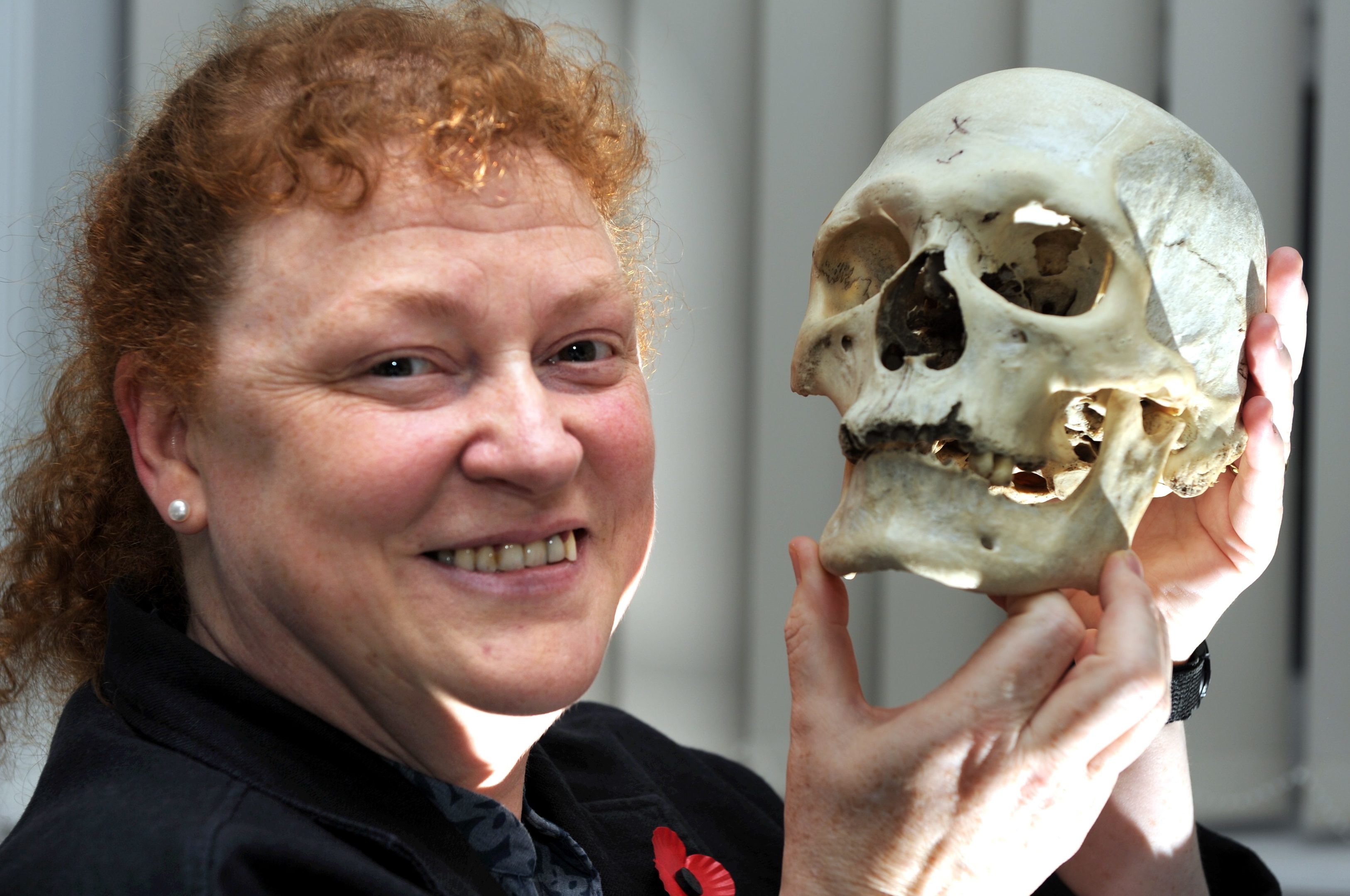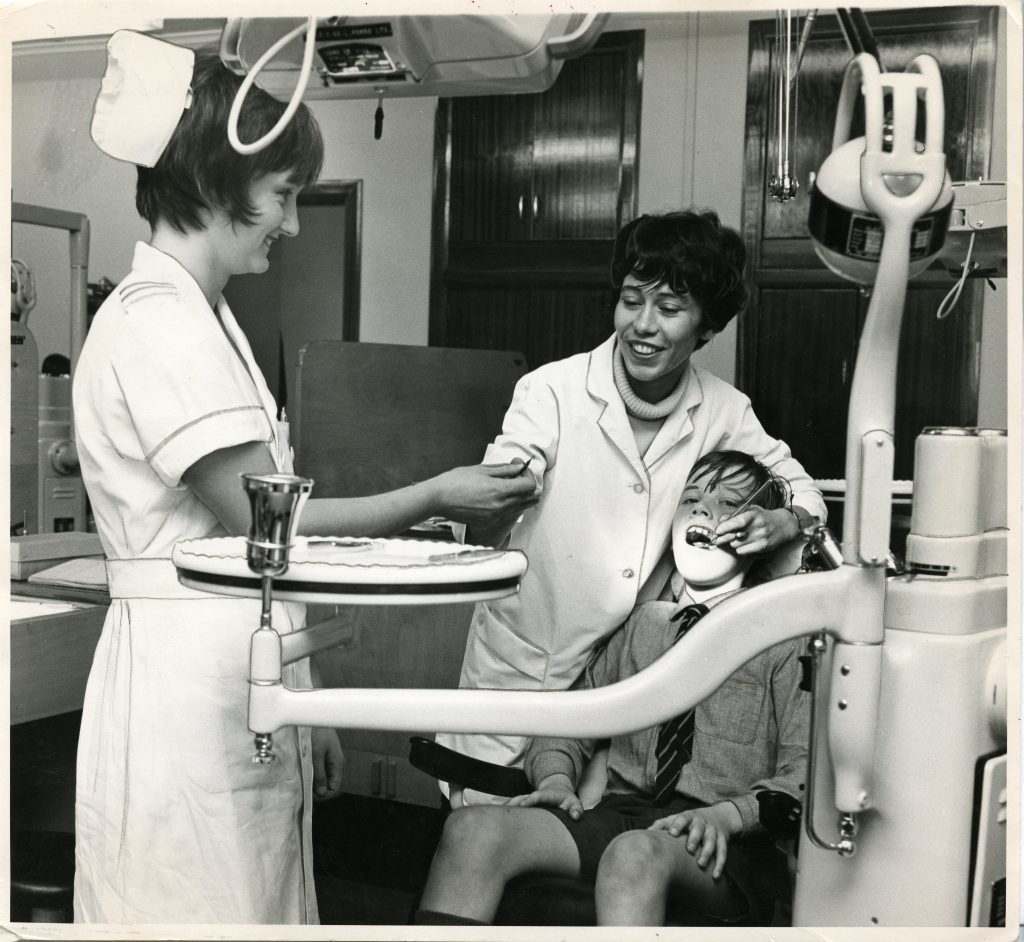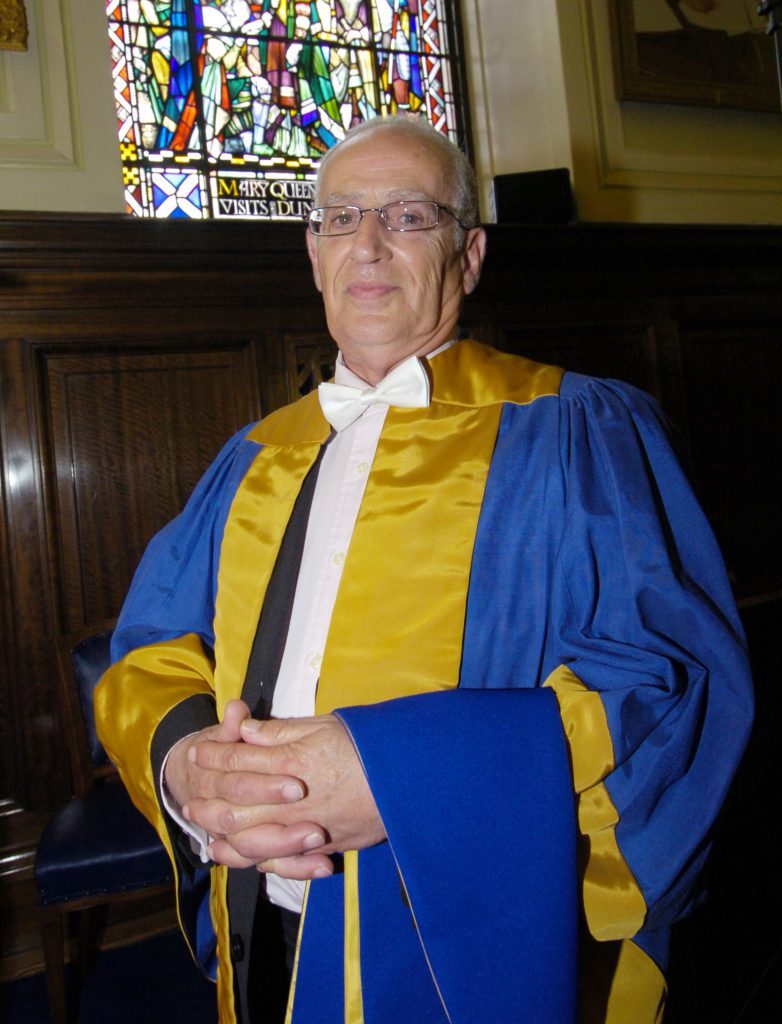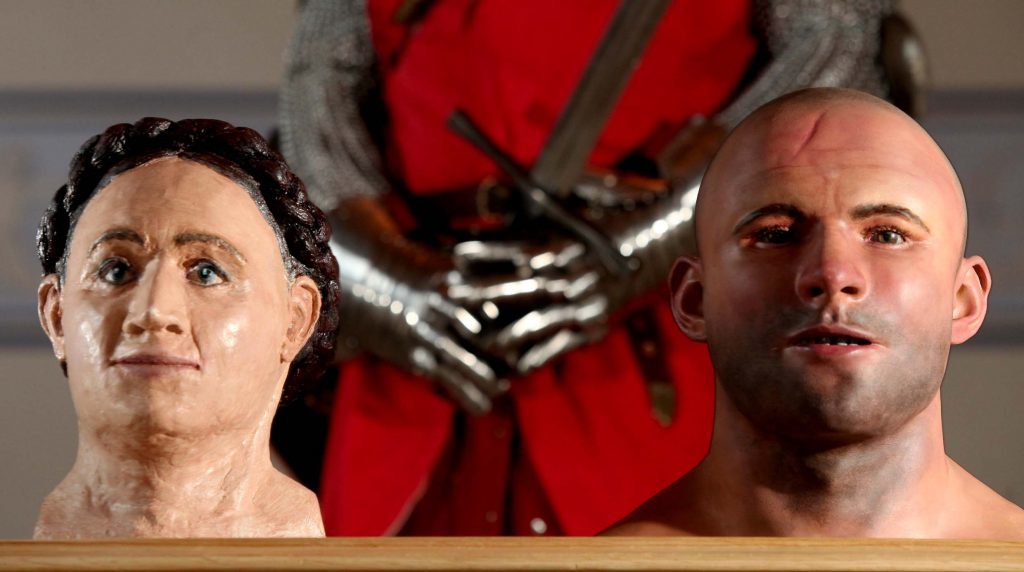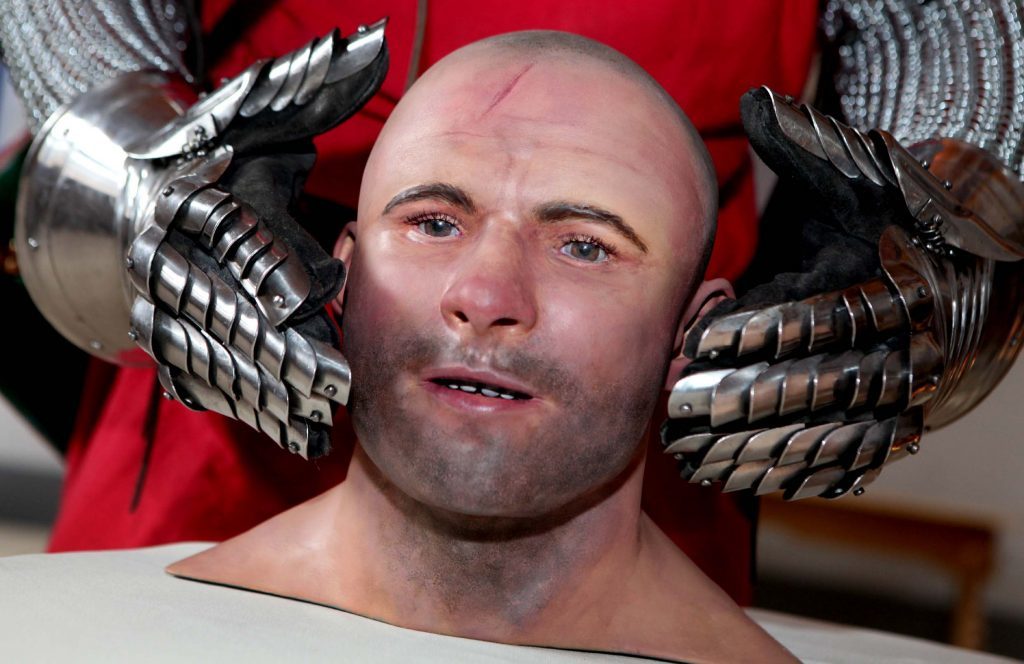From flatscreen TV and smartphone technology to keyhole surgery and forensic science, Dundee University is a powerhouse in research, attracting tens of millions of pounds of investment every year for work in healthcare, life sciences, engineering, design, social sciences and many other disciplines.
The outcomes of that research has an impact on our daily lives.
In recent years the university has produced research that has changed the drugs we are prescribed or the way we treat diseases, influenced major social debates such as the smoking ban, and solved problems in physics and engineering, even producing a real life version of Dr Who’s `sonic screwdriver’.
Throughout the past 50 years the university has driven innovation, including:
Flatscreen TVs and smartphones
Every time you look at your smartphone or your flatscreen television you are seeing something that was made possible by work done at Dundee in the 1970s and 80s.
The technology that made the ubiquitous LCD screen possible can be traced back to a former jute shed at the university, which in the 1970s and 80s became the world centre for pioneering research in electronics, led by Professors Walter Spear and Peter LeComber.
Fascinated by the potential of materials like solidified rare gases to act as conductors for electrical charge, their attention was drawn to thin film amorphous silicon.
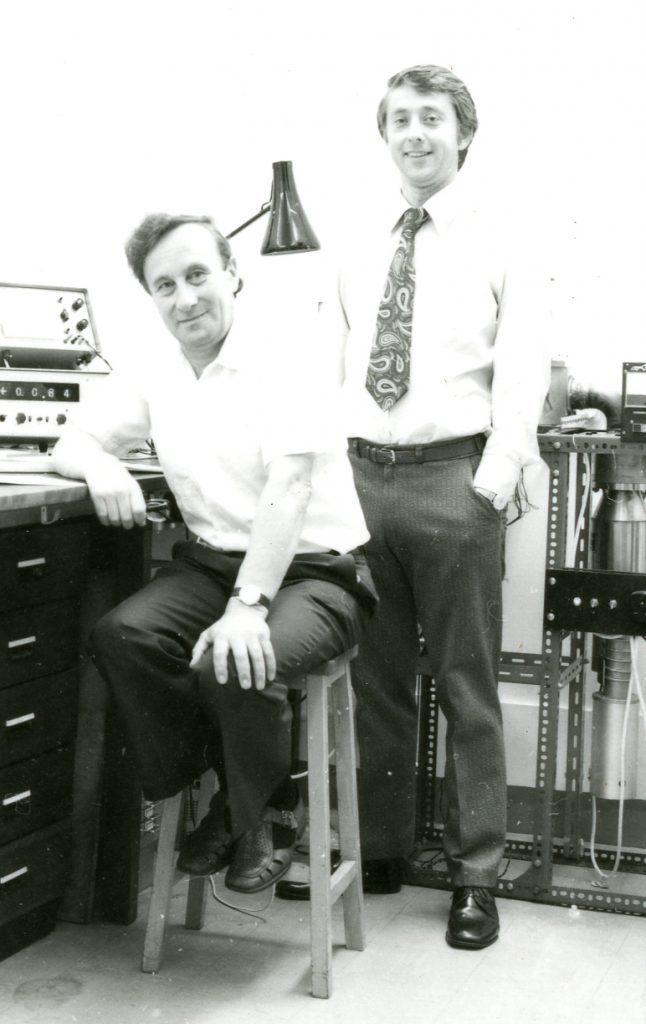
They and their students developed new techniques that were summarised in a breakthrough scientific paper in 1975, where they demonstrated that dramatic changes in conductivity were possible.
They followed that with another world first when the amorphous silicon thin film transistor was announced.
This was demonstrated in the active matrix liquid crystal display made jointly at RSRE (the Royal Signals and Radar Establishment) in Malvern.
This device is found in virtually every notebook display and mobile phone screen in the world and forms the basis of the multi-billion dollar market in flat panel displays.
The work brought Dundee worldwide attention, with academics and industry experts visiting from around the globe to find out more.
The pioneering spirit evident in the work of the flat TV group continues to be seen across the university’s work in engineering, physics and computing.
Dundee is established as a world leader in spacecraft electronic systems, where the work of Professor Steve Parkes and colleagues has helped send more than 100 craft into space.
And a university team led by Professor Amin Abdolvand is helping take the Large Hadron Collider at CERN, the world’s largest scientific experiment and the site of the discovery of the Higgs Boson, to new levels of performance through their breakthrough laser work.
Through the keyhole
The university was one of the key centres in developing minimal access therapies – commonly known as “keyhole surgery” – which has changed the way we conduct many medical operations.
It is a technique which has become standard in many operations and the impact for patients has been huge, vastly reducing the damage to tissue, reducing pain and shortening recovery time.
Professor Sir Alfred Cuschieri and his team developed many of the tools and techniques used to make keyhole surgery viable and were rewarded with the Queen’s Anniversary Prize for Higher Education for their work.
During the 1980s, the Dundee team were making great advances in devising and testing innovative minimal access approaches to clinical problems.
The university was the first centre in the UK to take a keyhole approach to the removal of the gall bladder and was subsequently involved in the development of a number of new keyhole operations.
The surgical skills training unit at the university was the first of its kind in the UK, and the university continues to provide a wide range of intensive, practical courses for trainees, established surgeons and other healthcare professionals world.wide.
Forensic science
The university is one of the world’s leading centres for forensic sciences research and innovation.
Professor Dame Sue Black and colleagues are internationally renowned for their work which has developed new techniques including identifying perpetrators from images of their hands in photographs, leading to successful prosecution in a significant number of cases of child sexual abuse.
They also devised and implemented the world’s first training programme for police officers and professional experts in Disaster Victim Identification (DVI), in response to major events such as the Asian Tsunami, the London bombings and the Sharm-El-Sheikh bombings.
Another strand of work has made them an international leader in craniofacial identification and forensic facial reconstruction for the identification of the living and the dead, including recreating the faces of historical figures such as King Richard III, Robert Burns and Johann Sebastian Bach.
Last year Her Majesty The Queen officially opened the Leverhulme Research Centre for Forensic Science at the University.
The Centre, led by Professor Black and Professor Niamh Nic Daéid, which will see more world-leading forensic techniques being developed such as innovative fingerprinting and a new generation of lifesaving smoke alarms.
